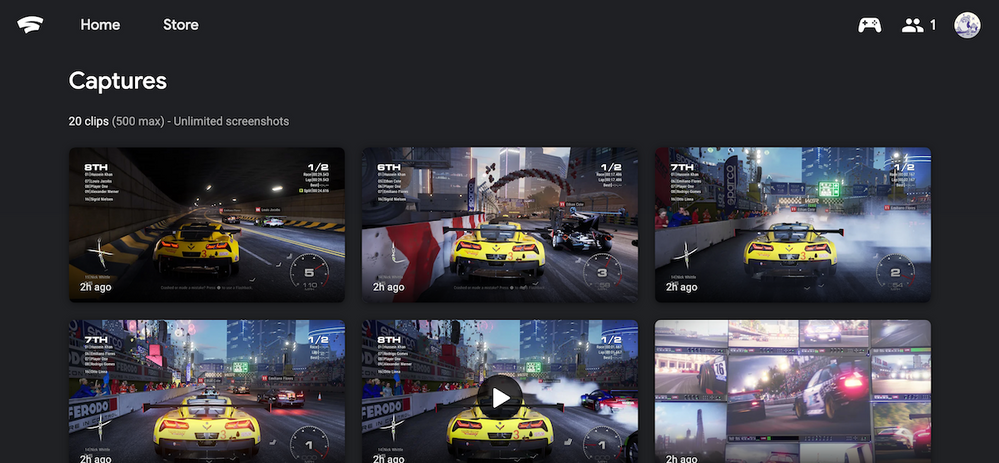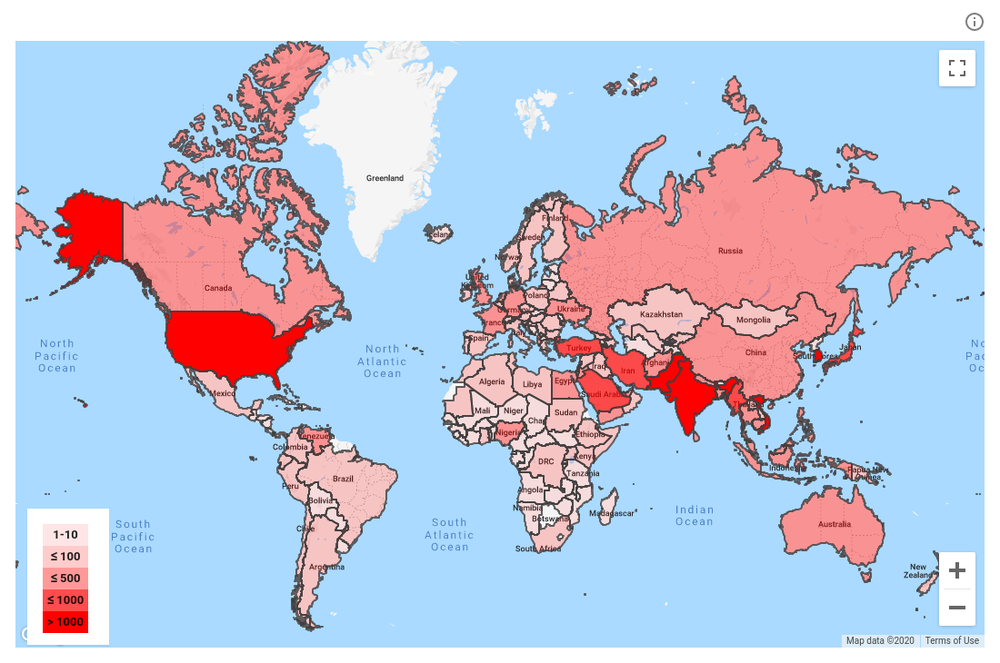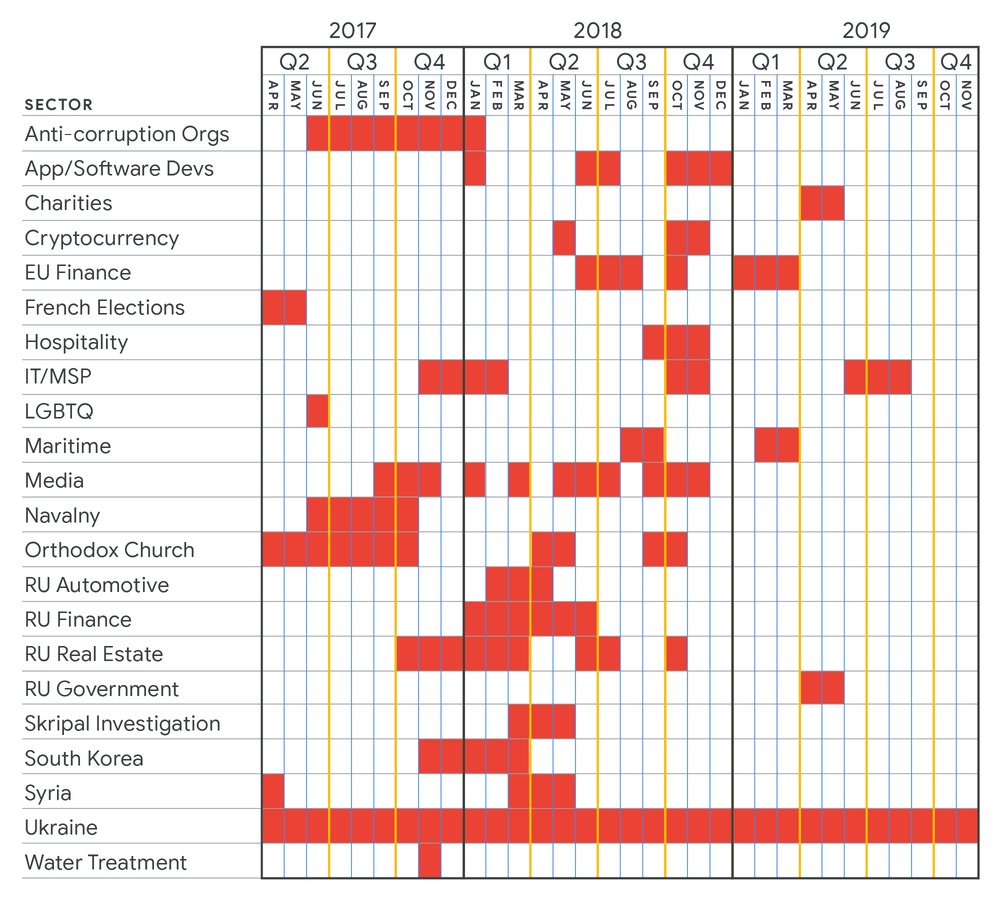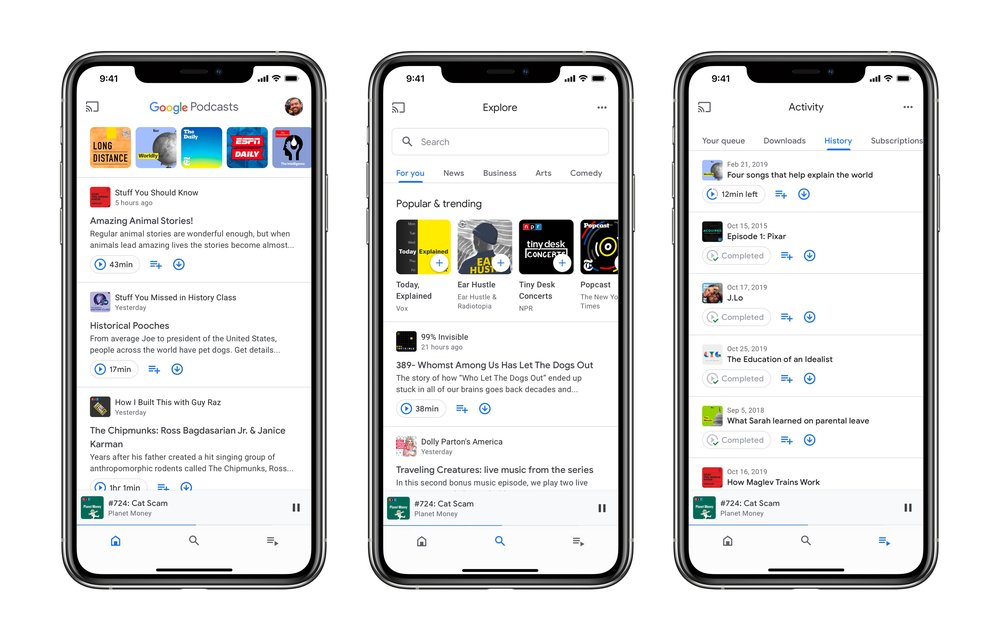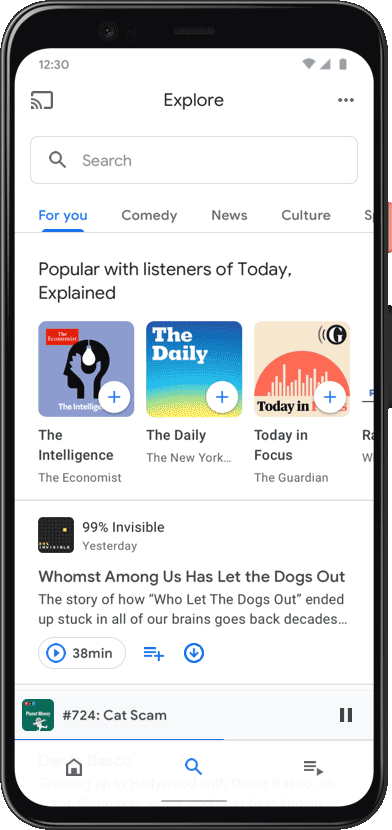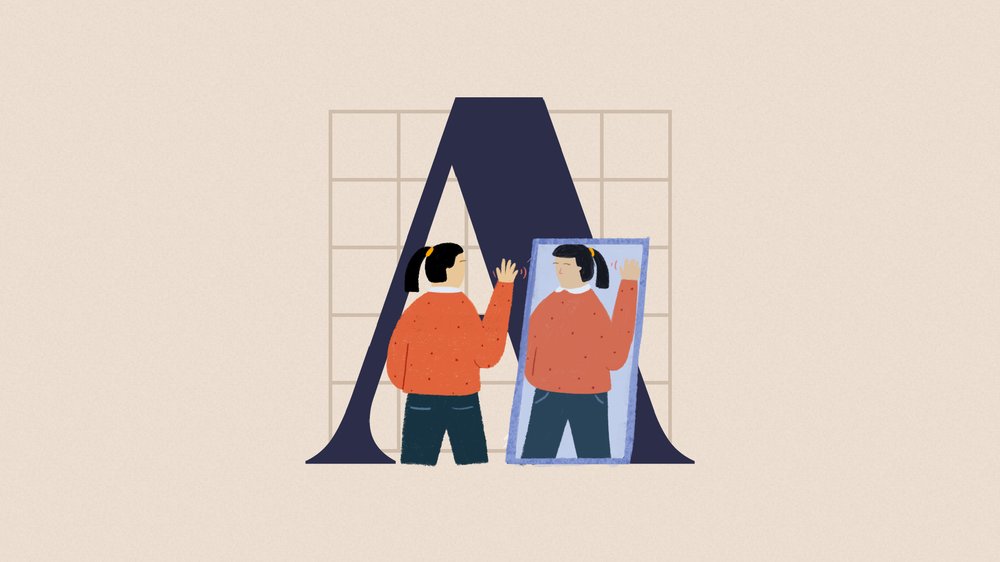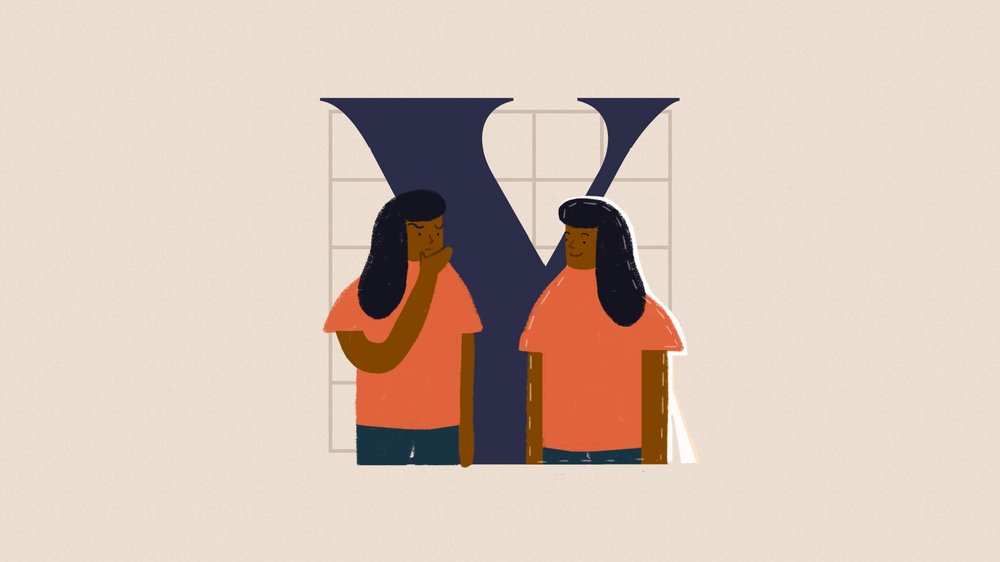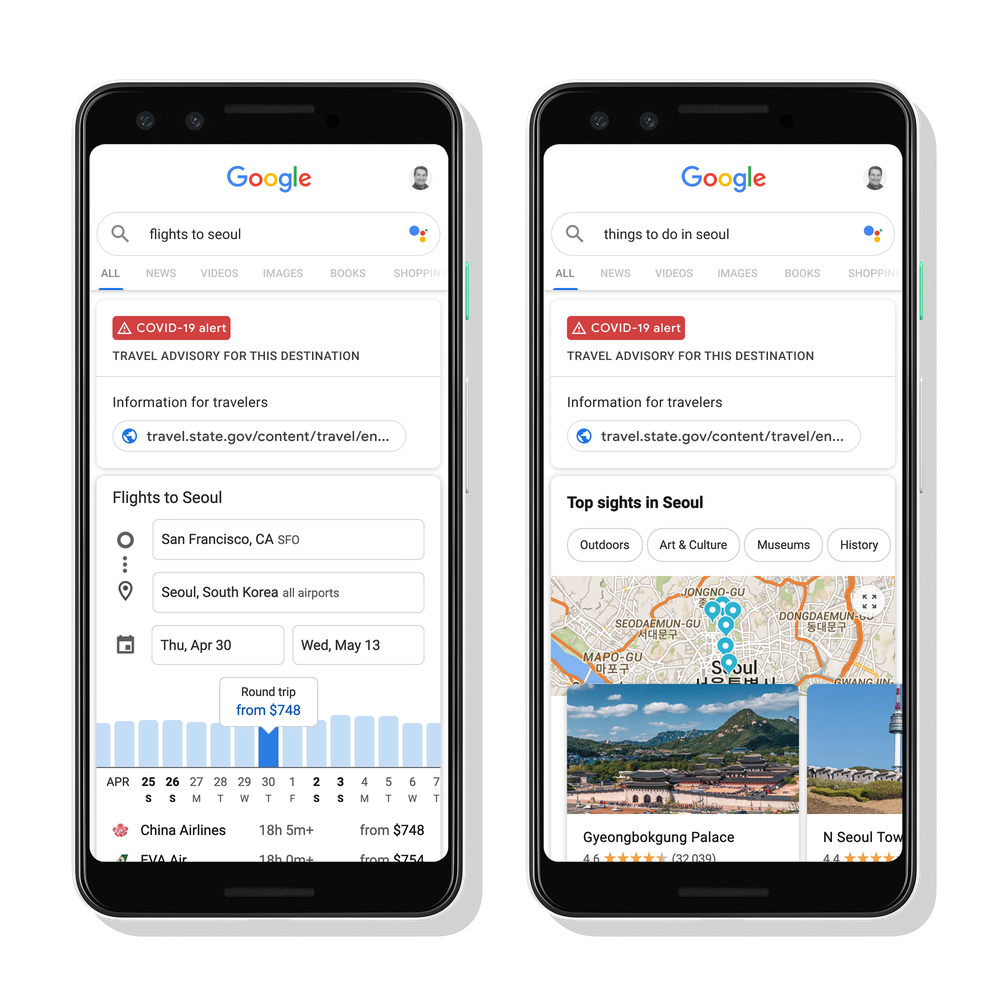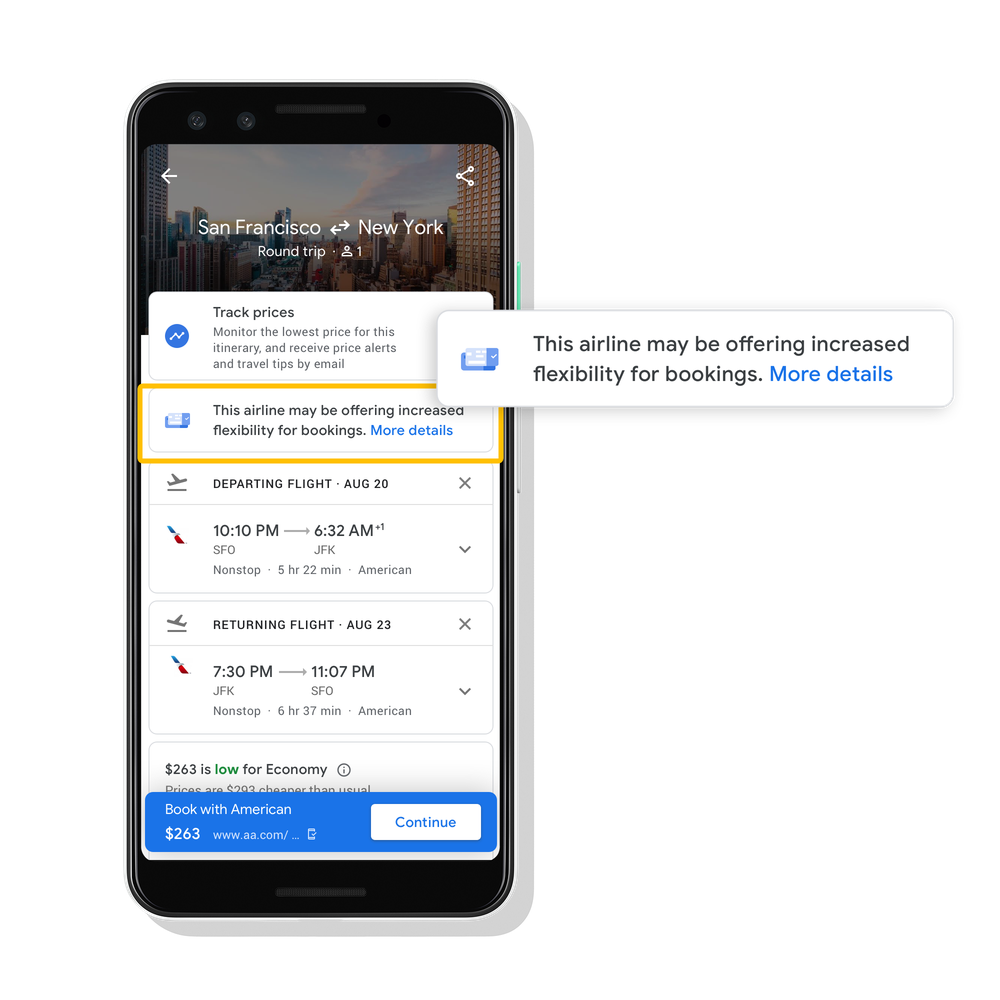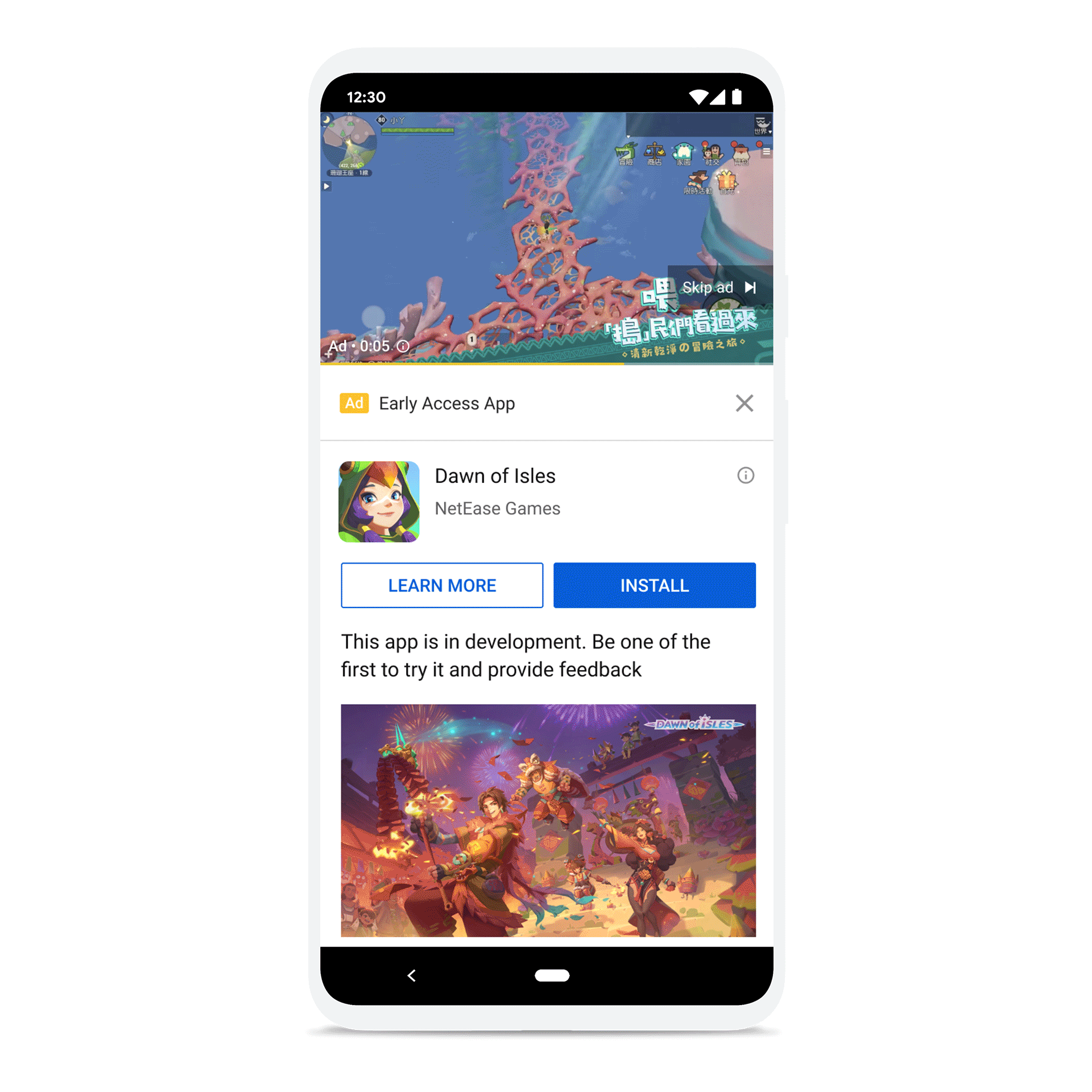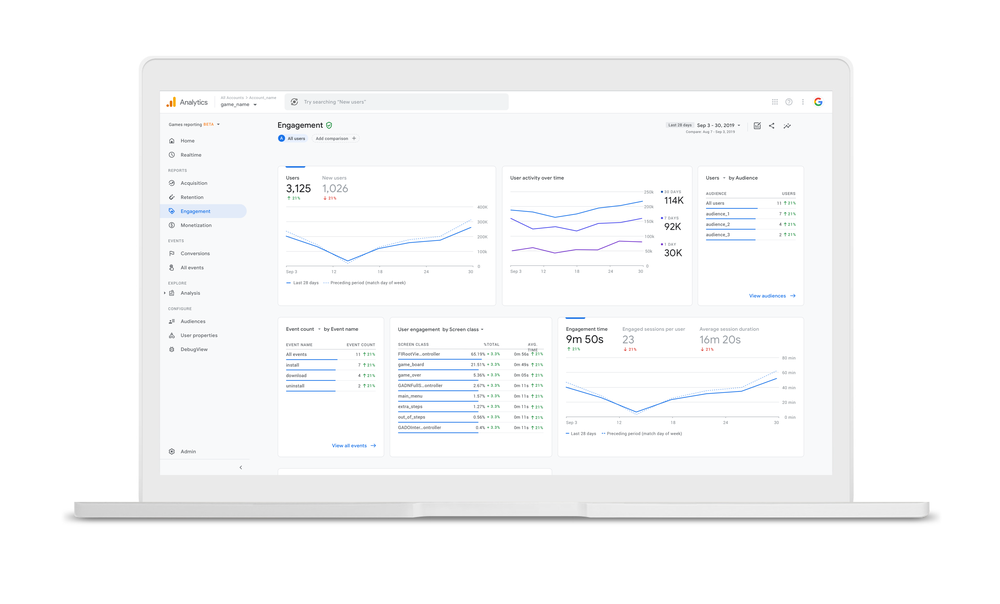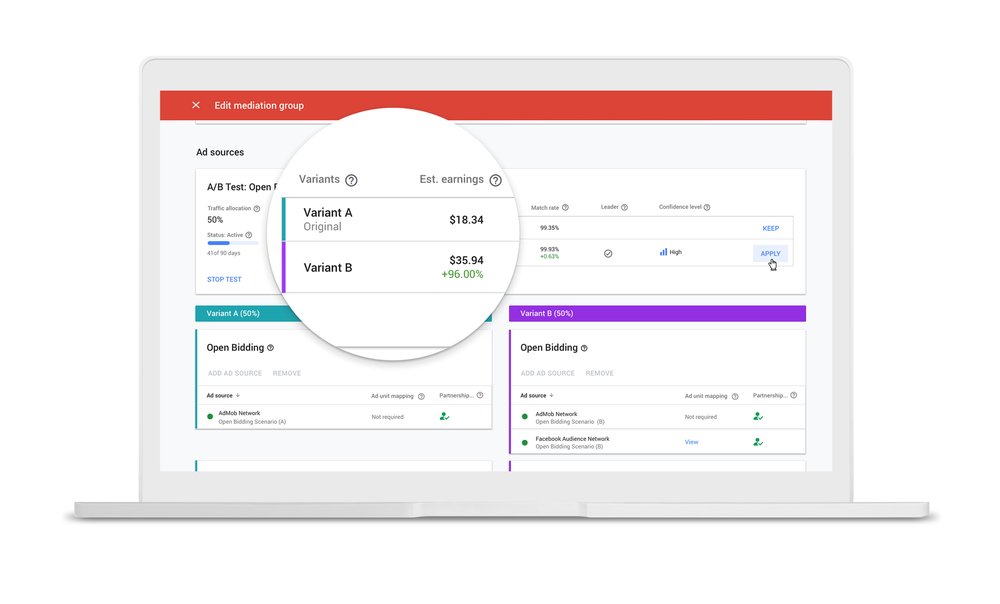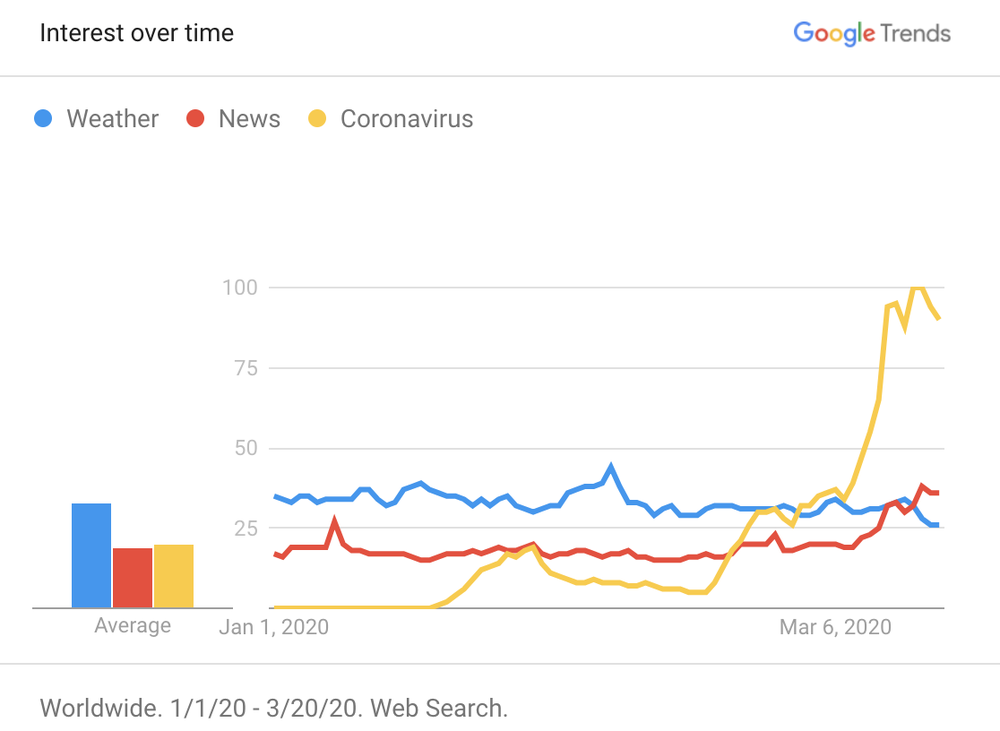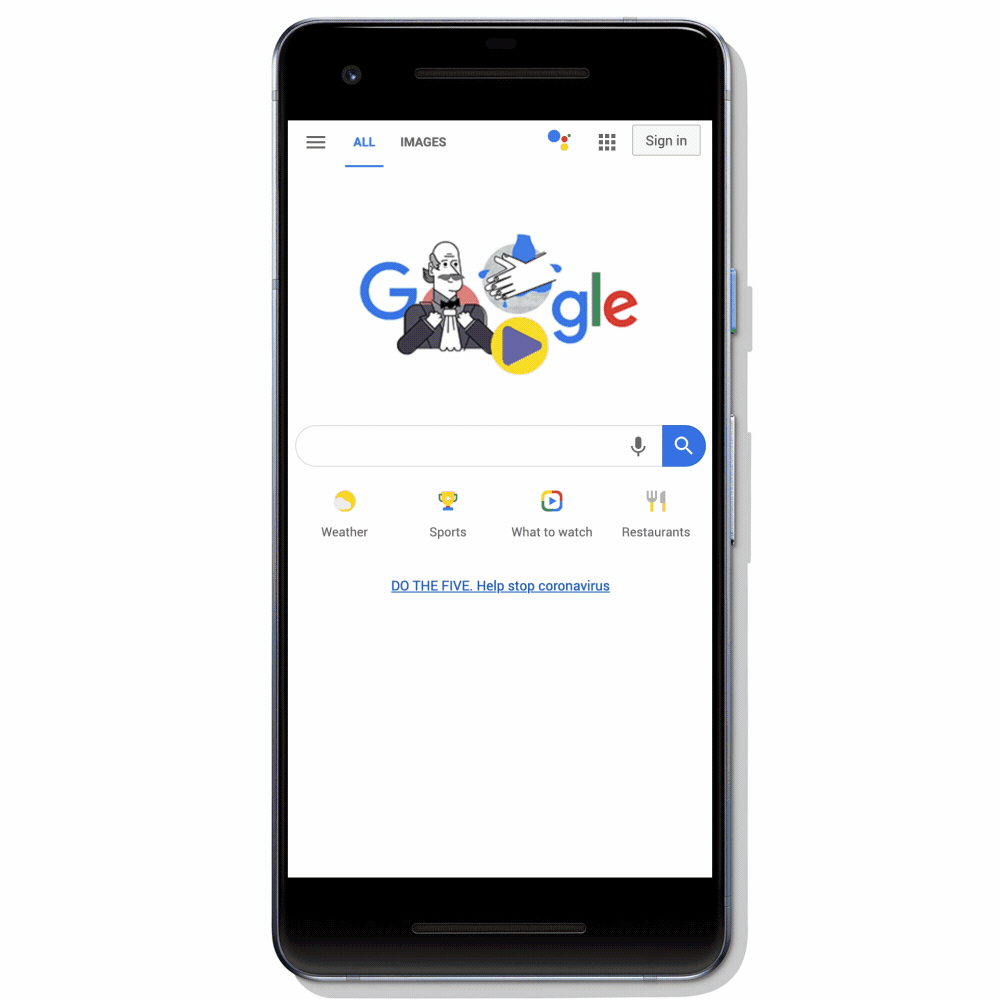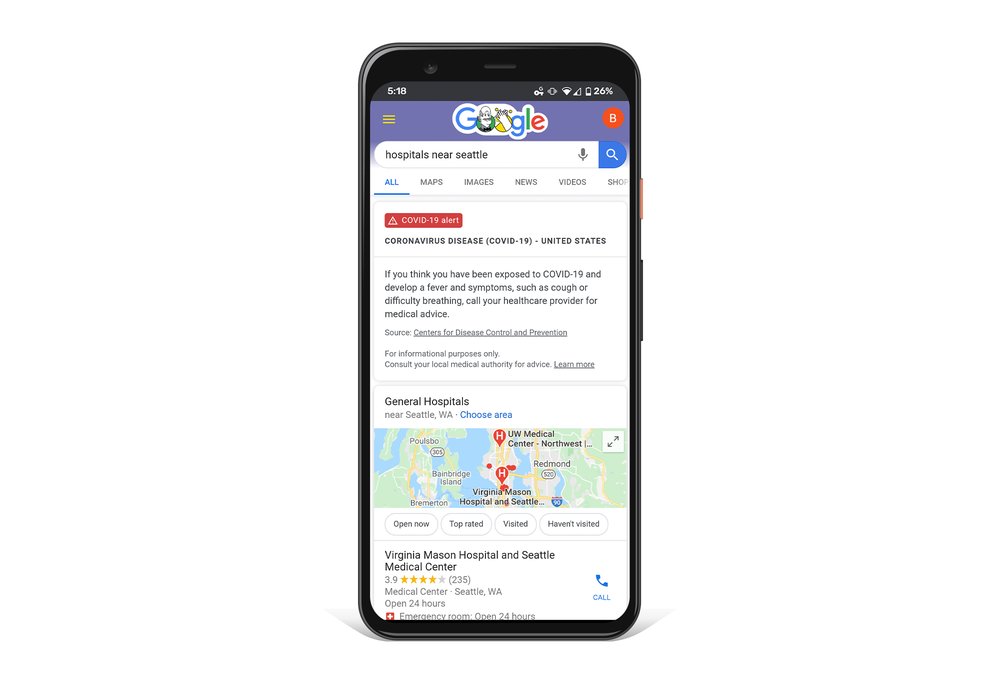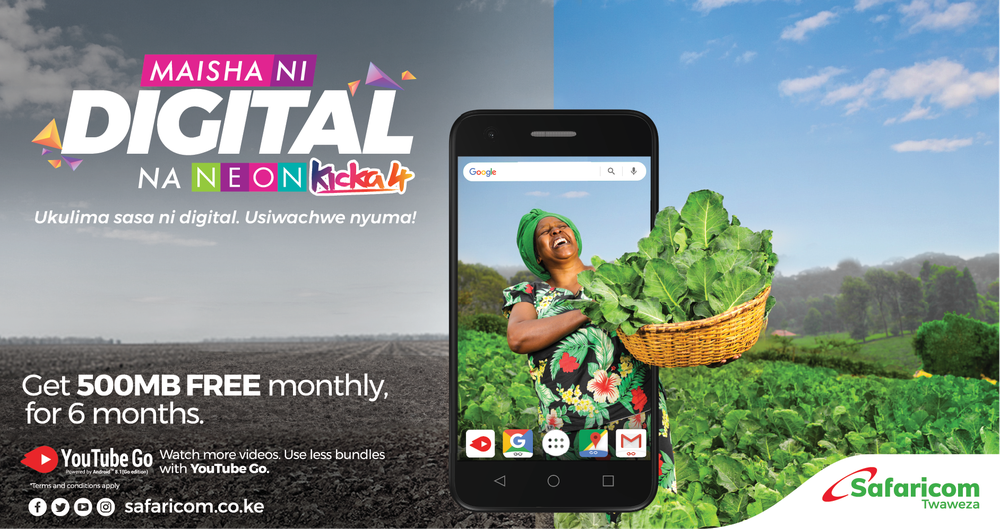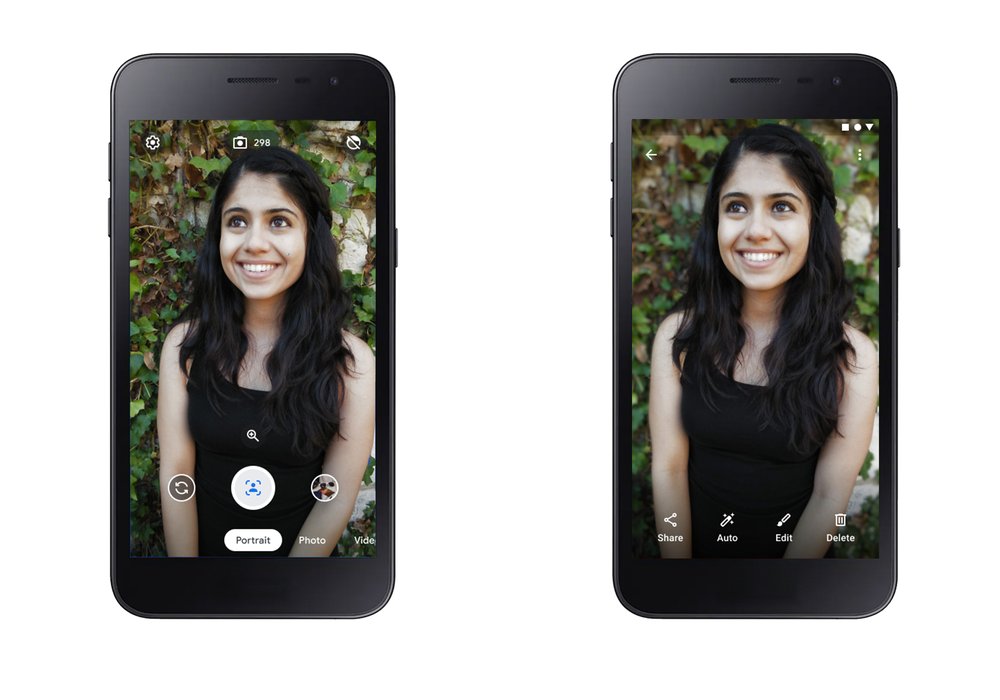“The whole team did phenomenally with the amount of time they had to put together the route and figure out the baton passes,” says Porsche. Google Maps was particularly useful for creating Porsche’s route. She and her fellow riders rode from Sept. 25 to Oct. 14, starting in Maine and heading west across the Canadian border, then down through the Southwest to the Mexican border in Texas. They crossed the country, occasionally riding through snowstorms and dropping temperatures. “When you consider the seasons we were riding through, it was a definite challenge for organizers to find routes that weren’t closed down.”
While Google Maps could help the riders along their journey, it couldn’t do anything about inclement weather. “I quit about four times,” laughs Porsche. “Riding in the cold is not my favorite thing to do. But it was a positive experience all the way around; I don’t know that I would ride in the freezing cold again, but I would do a ride with those women again for sure. I always say the bonds are built on the ground: You’re going to love the folks you ride with to death or you won’t be so cool, and I’m happy to say I love those ladies to death.”
Porsche is vocal about the need for more representation for women in the motor sports community, and she says that things like social media visibility and technical tools like Google Hangouts have helped women who may have felt alone in their shared passion find each other. This idea is in part what inspired her to found Black Girls Ride, a magazine and community originally launched as a place for women of color who ride, which has since grown to include all women. What inspired her to launch Black Girls Ride was the lack of representation she saw when she first started riding—especially in long-distance riding. Traditionally, women filled support roles during these cross-country expeditions, taking a literal backseat to men. In fact, Porsche’s first experience on a bike was sitting behind a man, on the back of her cousin’s bike. “I didn’t so much like the feeling of being a passenger...but I loved the feeling of riding.”
Thanks to women like Porsche and the WRWR riders, the world of motor sports is changing. “Women have become fearless and bold enough to take long distance biking trips on their own. We’re witnessing the explosion of the all-female long distance ride, where women take it upon themselves to create rides that cater to them instead of being a subset of an all-male ride. It’s where we get to take our power back.”
Talking about these rides and seeing women taking them via social media and internet communities are crucial, says Porsche, who also mentions using Google Hangouts to connect with riders across the country. “You’re able to see the growth of female riders; women taking these long distance trips and riding solo have always been there—there are women riding today who have been doing this since the 60s—but social media is now shining a light on them.”
That increased visibility is part of Porsche's work with Black Girls Ride. “I knew from riding in LA that there were more of us than the community would admit to. There was no representation in mainstream media, even for women who were riding professionally, there was very little to nothing,” Porsche says. Now "women all over the world are connecting to the Black Girls Ride brand. We have readers in London, Nigeria, France, just about every country you can name. I’m motivated by these women.” Black Girls Ride has become more than a publication, hosting trainings, workshops and events. And while both men and women are included, it’s Porsche’s focus to make sure women riders are invited to the table and that they are given the same representation, advertising and sponsorship opportunities.
Most of all, she just wants women to feel welcome in this world. “It’s always been my goal to create safe spaces for women to ask questions and get the help they need without fear of ridicule,” she says. “And I’m glad I can be a part of creating that.”
Learn more about the women behind WRWR and how they planned their relay at goo.gle/womenriders.
